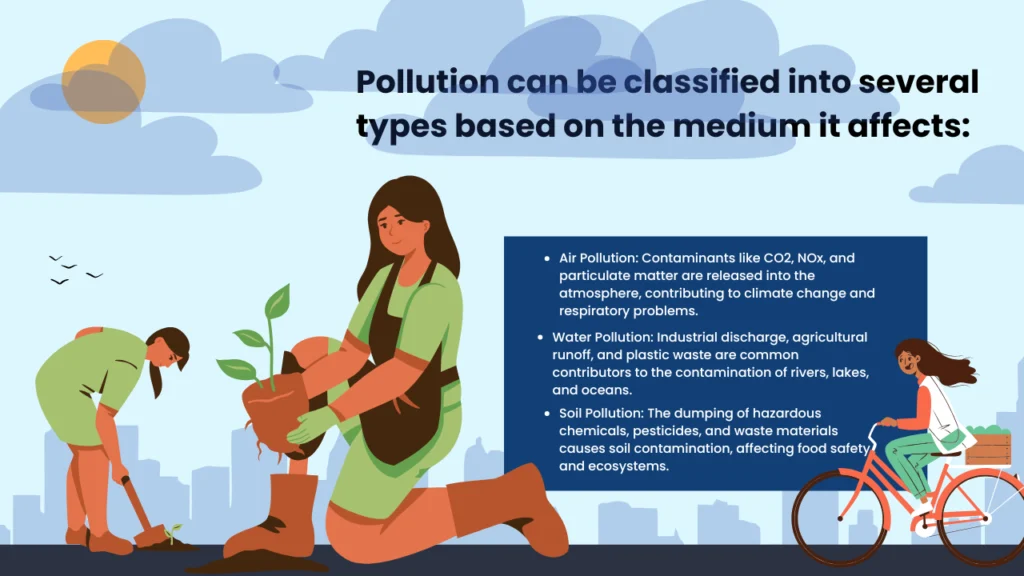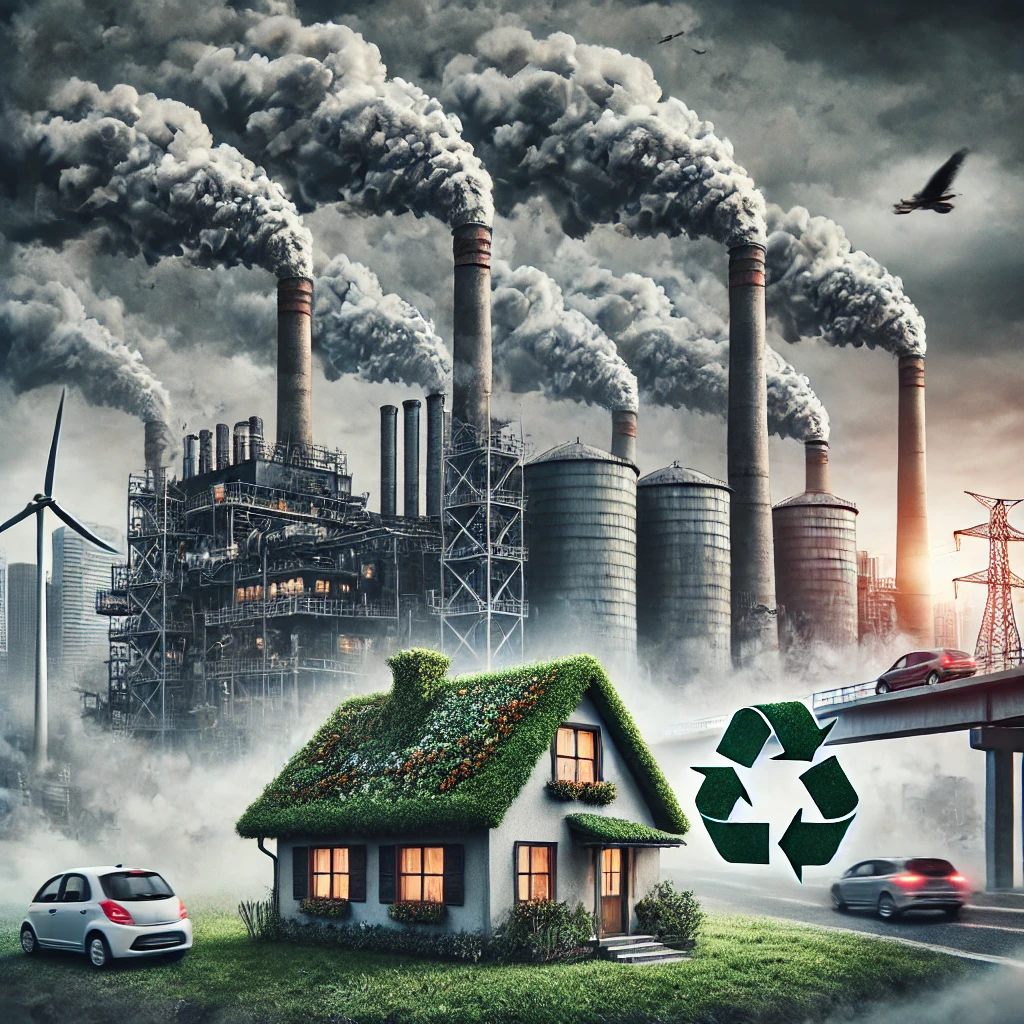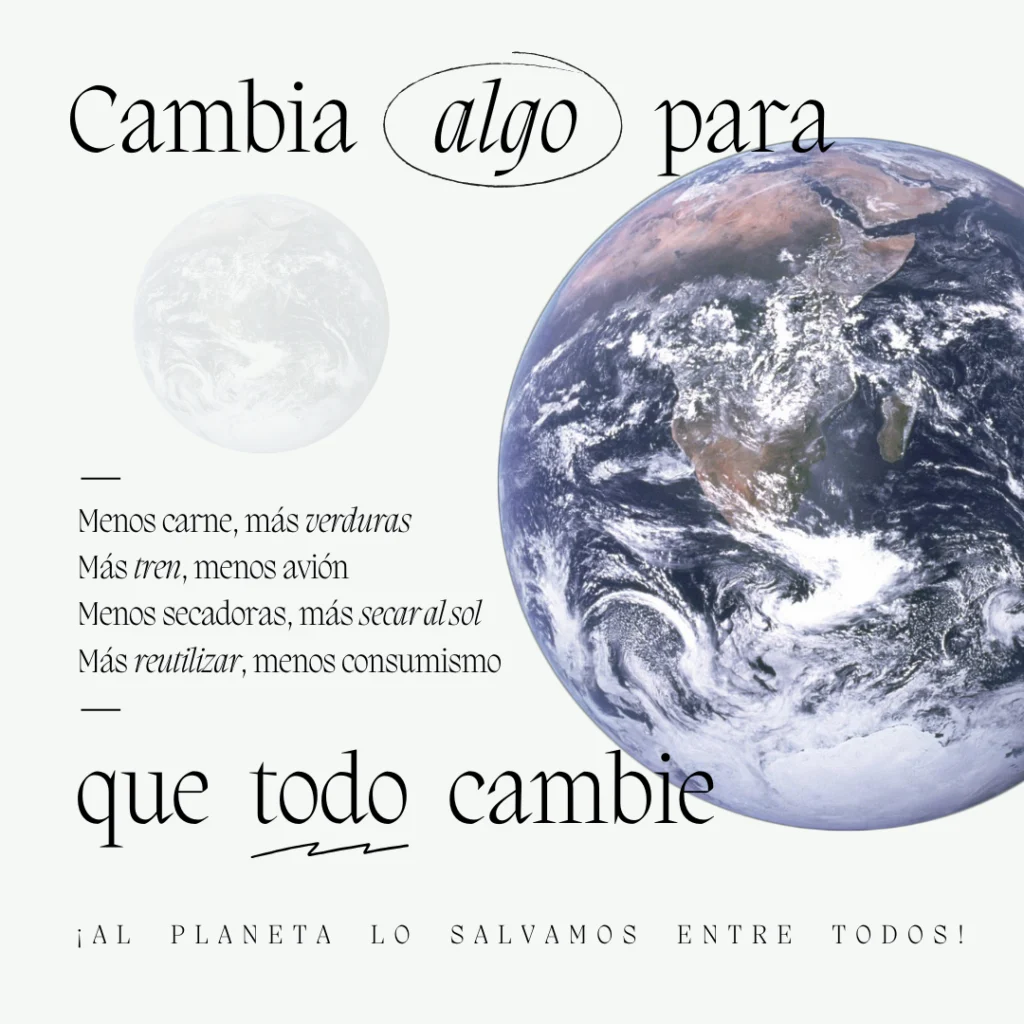
Pollution is the introduction of harmful contaminants into the natural environment that cause negative changes. These pollutants, which can be in the form of solid, liquid, or gaseous substances, or even energy forms like heat, sound, or radiation, disrupt ecosystems, harm human health, and degrade environmental quality. Understanding the various types of pollution and emissions is crucial to addressing the environmental challenges we face today.
What is Pollution and Emissions? 🌍
Pollution and emissions are closely related concepts. Pollution refers to harmful substances released into the environment, whereas emissions specifically relate to the release of pollutants into the air, primarily from industrial activities, transportation, and energy production.
Emissions contribute significantly to air pollution, which affects the atmosphere and is one of the primary causes of climate change. The United States Environmental Protection Agency (EPA) defines emissions as “any gases or particles that are discharged into the air that negatively impact environmental and human health.” Among the most common emissions are carbon dioxide (CO2), methane (CH4), nitrogen oxides (NOx), and sulfur dioxide (SO2), all of which play a role in global warming and health hazards.
Types of Pollution 🏭

Pollution can be classified into several types based on the medium it affects:
- Air Pollution: Contaminants like CO2, NOx, and particulate matter are released into the atmosphere, contributing to climate change and respiratory problems.
- Water Pollution: Industrial discharge, agricultural runoff, and plastic waste are common contributors to the contamination of rivers, lakes, and oceans.
- Soil Pollution: The dumping of hazardous chemicals, pesticides, and waste materials causes soil contamination, affecting food safety and ecosystems.
- Noise Pollution: Excessive noise from urban environments, factories, and transportation systems can lead to health issues like stress and hearing loss.
- Light Pollution: Over-illumination in urban areas disrupts ecosystems and interferes with astronomical research.
The Role of Emissions in Air Pollution 💨
Air pollution is one of the most critical forms of pollution, largely driven by human emissions. The combustion of fossil fuels in power plants, vehicles, and industrial processes releases a significant amount of pollutants into the air. Carbon dioxide (CO2), for instance, is a major greenhouse gas contributing to global warming. Other emissions, such as methane (CH4) and nitrous oxide (N2O), are also potent greenhouse gases that trap heat in the atmosphere, amplifying the effects of climate change.
Key Sources of Emissions 🚗
Emissions come from a variety of sources, including:
- Transportation: Cars, trucks, airplanes, and ships release large amounts of CO2, NOx, and particulate matter into the air.
- Industry: Factories and power plants are significant sources of emissions, particularly CO2 from burning coal, oil, and natural gas.
- Agriculture: Methane from livestock and nitrous oxide from fertilizers contribute heavily to greenhouse gas emissions.
- Waste Management: Landfills and incineration release methane and other pollutants into the air and groundwater.
Health Impacts of Pollution and Emissions 🏥
Pollution and emissions have profound effects on human health. According to a study by The Lancet, pollution was responsible for 9 million premature deaths worldwide in 2019. Learn more about how carbon emissions are a major contributor in our article on How Can Kids Reduce Their Carbon Footprint?. Air pollution alone can lead to respiratory diseases, heart conditions, and premature death. Water pollution causes illnesses such as diarrhea, cholera, and dysentery, while soil contamination can result in exposure to toxic chemicals that affect human health.
Global Efforts to Reduce Pollution and Emissions 🌱
Efforts to combat pollution and emissions are increasing worldwide. Governments, organizations, and individuals are working to reduce the release of harmful substances into the environment. Some of the most effective strategies include:
- Transitioning to Renewable Energy: Solar, wind, and hydropower offer cleaner alternatives to fossil fuels, reducing CO2 emissions.
- Improving Waste Management: Recycling and composting help reduce the amount of waste sent to landfills, lowering methane emissions.
- Regulating Emissions: Laws such as the Clean Air Act in the U.S. have been implemented to limit the amount of pollutants industries can release into the environment.
Solutions to Reduce Pollution and Emissions ♻️
To mitigate the impact of pollution and emissions, there are several actions that individuals, businesses, and governments can take:
- Use Public Transportation: Reducing reliance on personal vehicles can lower CO2 emissions significantly.
- Switch to Clean Energy: Transitioning to renewable energy sources like wind and solar helps reduce greenhouse gas emissions.
- Promote Sustainable Agriculture: Reducing the use of chemical fertilizers and promoting organic farming can cut emissions from agriculture.
- Increase Recycling Efforts: Recycling and reusing materials reduce the need for new production, which often involves significant emissions.
The Future of Pollution Control 🌍
As the global population grows, so do pollution and emissions. However, with advancements in technology and more stringent regulations, there is hope for a cleaner future. Innovations such as electric vehicles, carbon capture technologies, and the shift towards a circular economy will play crucial roles in reducing emissions and mitigating pollution.
Conclusion: The Fight Against Pollution and Emissions 🌱
Pollution and emissions pose significant threats to both human health and the environment. While the challenges are vast, there are many solutions available to reduce their impact. By embracing renewable energy, improving waste management, and enforcing stricter regulations, we can combat the harmful effects of pollution and emissions, leading to a more sustainable and healthier planet.
FAQ: What is Pollution and Emissions?
What is pollution and emissions?
Pollution refers to the introduction of harmful substances into the environment, while emissions specifically relate to the release of pollutants into the air, usually from human activities.
How do emissions contribute to pollution?
Emissions from vehicles, industries, and agriculture release harmful gases such as CO2 and NOx into the atmosphere, leading to air pollution and climate change.
What are the major sources of pollution and emissions?
Key sources include transportation, industry, agriculture, and waste management. These sectors release pollutants like CO2, methane, and particulate matter into the air, water, and soil.
What can be done to reduce pollution and emissions?
Solutions include switching to renewable energy, using public transportation, improving waste management, and enforcing strict pollution regulations.



